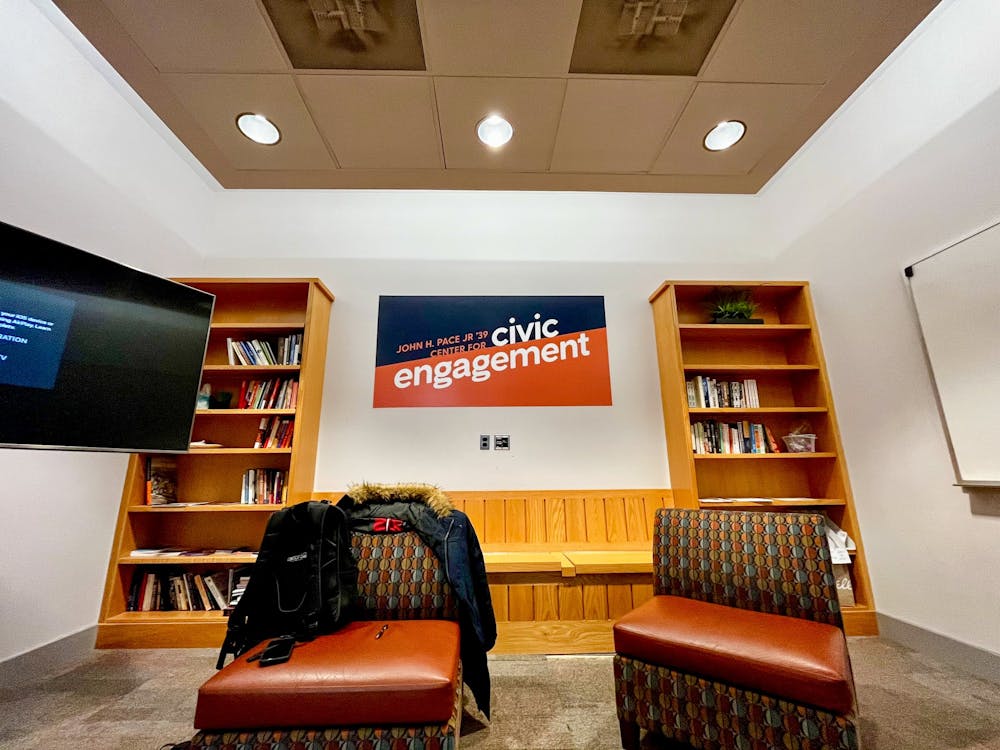As many of the undergraduates who procrastinated during spring break are aware, Cannon Club is officially opening in 2012. Cannon’s opening has been delayed every year since 2008. It’s the land of milk and honey of the Street: the promised club with its legendary three taprooms and unfettered possibilities. I guess they were bound to run out of reasons for delay. Whenever Cannon opens, it will be the club to watch because its two greatest strengths are its blank-slate nature and bicker club label. Unfortunately, its greatest weaknesses are also its blank slate nature and bicker club label. Cannon needs to find a niche for itself quickly, which requires starting at the right size with the right group of sophomores.
It seems that Cannon is actually planning to conduct bicker next year, but this may change. The big question for Cannon is whether it can create and maintain demand for the club. Undergraduates are not interested in being members of Prospect Avenue; they are interested in being members of specific eating clubs on the Street. While there exists some overlap in interest for clubs, each club makes for a poor substitute for any other. Terrace Club is not Tower Club, and Tower is not Tiger Inn. If Cannon is to survive longer than a few years, it has to provide a unique experience not found elsewhere. To have a unique experience, Cannon needs the right membership.
There are clearly groups on campus that are underserved with regards to the Street, and Cannon represents a rare opportunity to get these groups involved in the eating clubs. The undergraduate population has been increasing in raw size while demand for the Street has been decreasing (as a proportion of the entire undergraduate population), resulting in no net change in the size of the Street. We can have an 11 club Street, but only if Cannon appeals to these underserved segments of the student population, such as minorities and some sports teams. The groups that tend to favor joining bicker clubs are already in them, so Cannon will only generate sufficient demand for a new club by providing an experience that appeals to new groups of individuals.
The easiest and quickest way to develop a unique experience for members is to create a cohesive, tight-knit membership. In the fact sheet on the club’s website, the club declares that it intends to select 110 sophomores and juniors, give or take 10 percent. Presumably, the club plans to recruit similar numbers of sophomores for its first few years. That will probably be too large of a group for forging an initial club spirit.
Members have to feel that the other members are good friends. Most importantly, members have to feel that their club identity is a natural extension of who they are and who their friends are. A dedicated membership is always preferable to a large membership, and 110 members per class yields a very large one. A large group of people will not be able to forge a unique experience as easily, which is why Cannon must start at half that size and gradually grow to its long term size. The benefits gained from defining itself as a club will outweigh the lost revenues from starting small.
These numbers matter because they will complicate Cannon’s fundamental question: What is its identity, other than being a bicker club? What great parties will Cannon have that exemplify the character of the club? TI has State Night, Cap & Gown Club has Togafoam, Tower has Underground, Terrace has chatting with people when all the other clubs have closed for the night. These parties are natural extensions of the kinds of members those clubs have, which is why those parties are awesome year after year. Cannon simply cannot have events that are equally fun until a membership with character has developed.
A reopened Cannon Club will only survive if the membership bonds quickly and differentiates itself from the rest of campus. In order to make that happen, sophomores need to enter the club already knowing what kind of a club they want to transform Cannon into. It needs the groups of friends who have said “none of our other friends are in clubs, so I won’t join a club,” to join. It needs to get the right number of these people to come together so that they produce the club spirit that will enable the club to thrive. Too many people with no common identity will result in an inferior copy of something we already have, creating in a club which struggles to remain — just as it struggled to open.
Christopher Troein is an economics major from Windsor, England. He can be reached at ctroein@princeton.edu.







